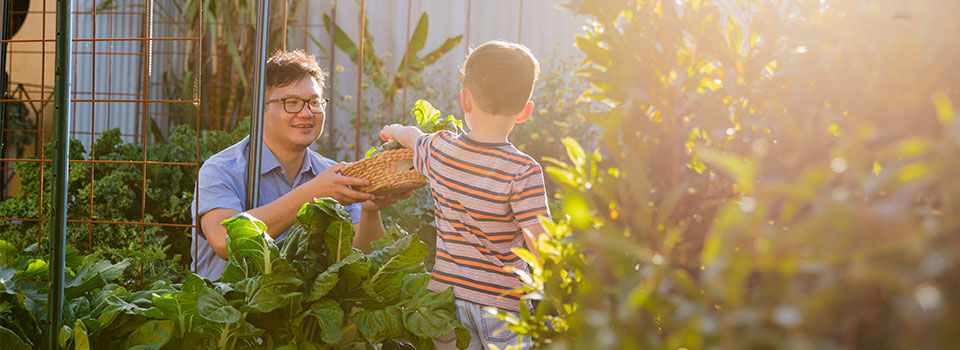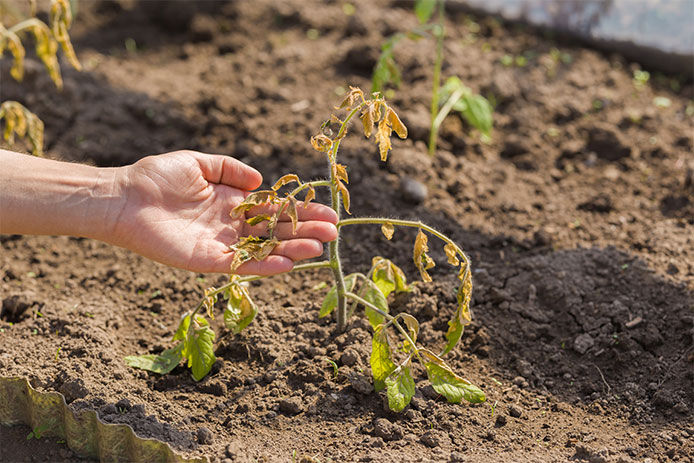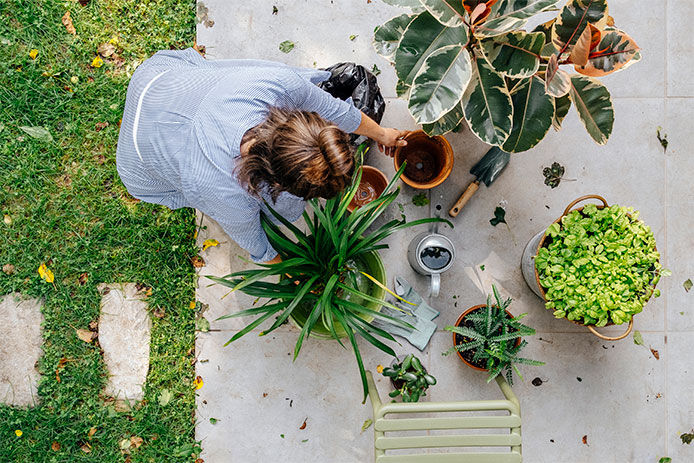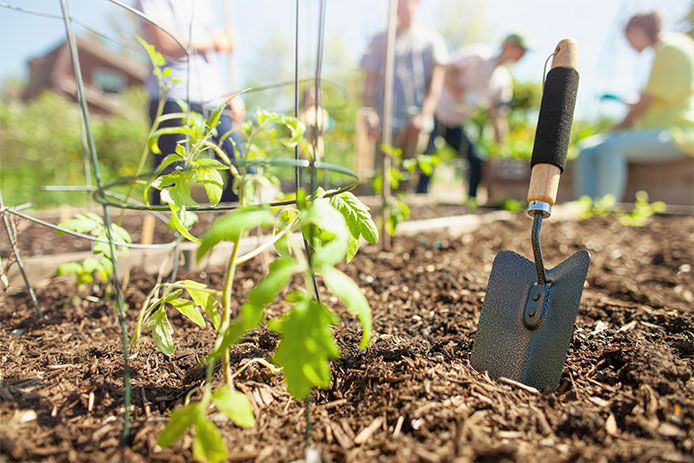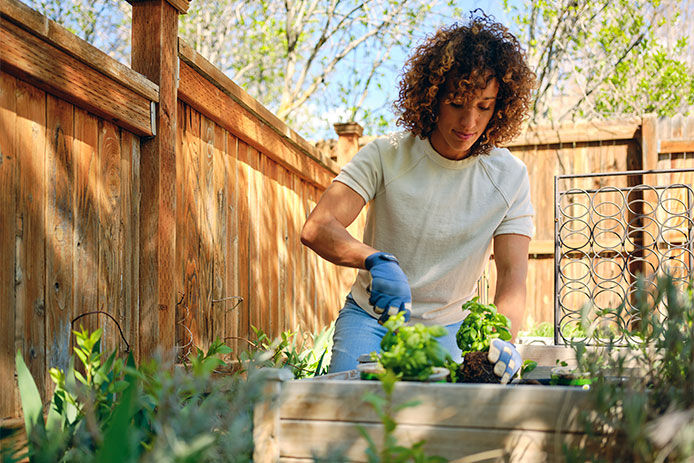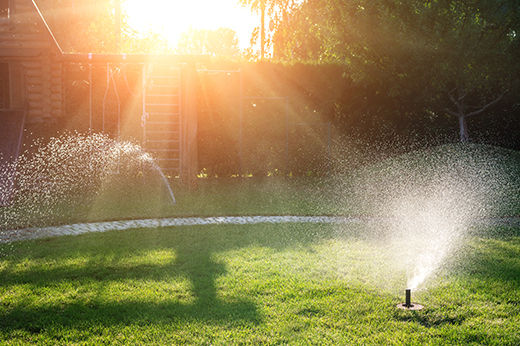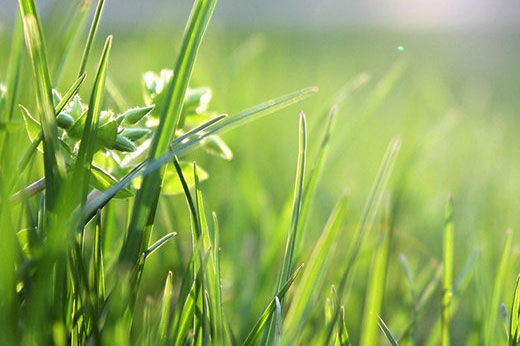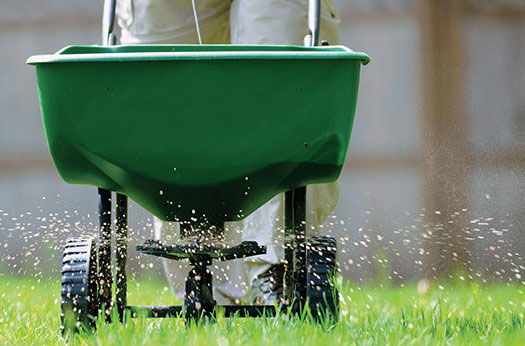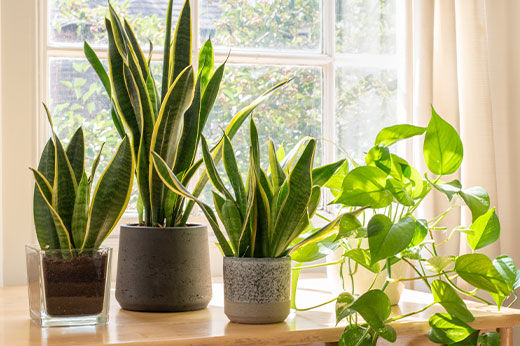What is the ideal temperature for plants?
If you’re trying to figure out the optimal temperatures for your plants, it’s all about knowing your growing zone. The USDA breaks the continental United States down into plant hardiness zones 2-10. Zone 2 is found in the northernmost, coolest area of the U.S., while zone 10 is in the southernmost regions like Florida, New Mexico, Texas, and California.
Knowing your agricultural zone will help you select plants that are hardy enough to withstand most normal temperature ranges for your area. Most plants in the United States thrive in temperatures between 59 and 86° F. However, during times of extreme heat (or cold), you may need to take additional steps to protect the plants in your garden bed.
Other considerations include the type of soil, precipitation, and biological threats like fungal diseases and pests. One of the easiest ways to avoid damage to your plants is to select plants native to your region. These tolerant plants are often friendly to local pollinators and can thrive in your particular climate region.
